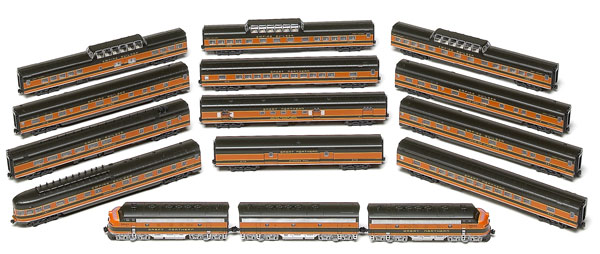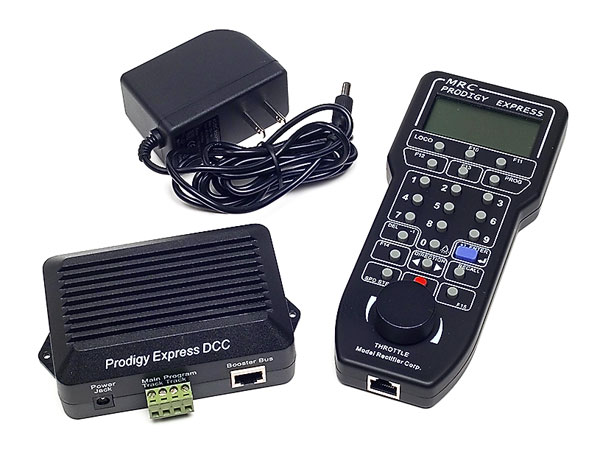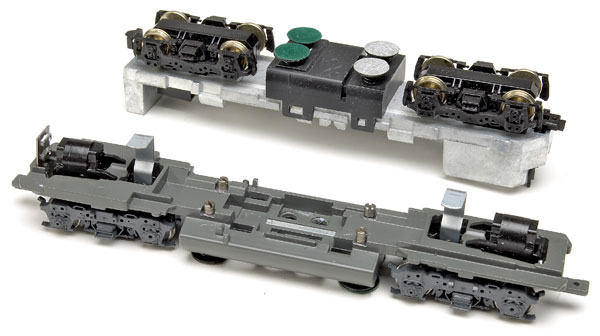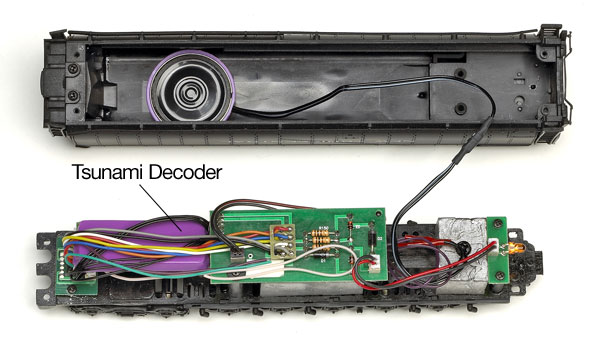
SoundTraxx HO Tsunami DCC decoder The Tsunami line of 16-bit DC/DCC sound decoders from SoundTraxx is the latest group of sound systems to join the HO scale market, and it’s a formidable entry. Its very robust set of features includes 22 steam sounds and a full range of motor and other operating controls. The decoder […]
Read More…
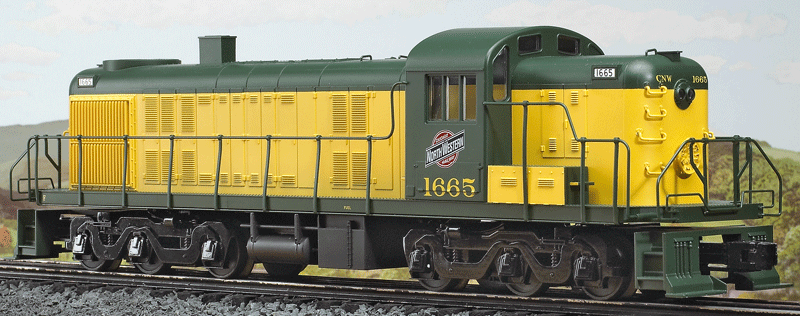
One of the complaints heard from hobby curmudgeons is that O gauge railroading is too expensive. And if you mention to them some of the lower priced Lionel products, MTH’s RailKing line, and K-Line’s high-value semi-scale steamers, you often hear the retort: “Well, I mean scale-sized trains.” Atlas O has stepped up to fill this […]
Read More…
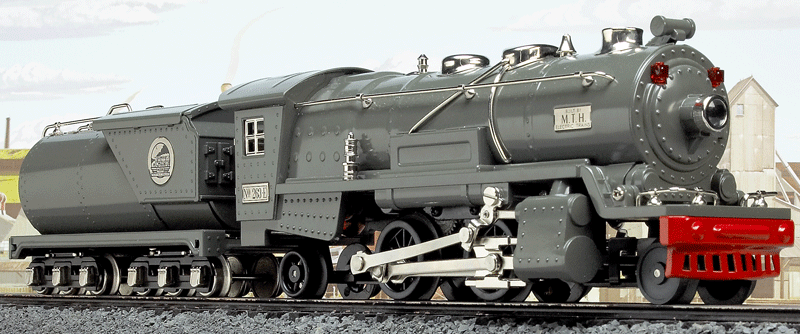
LIONEL’S PREWAR no. 263E steam locomotive was the last of its kind. The tinplate O gauge 2-4-2 locomotive was everything that its die-cast metal successors were not. It was glossy and bold and featured plenty of smooth sheet-metal surfaces accentuated by stamped rivets, nickel ladders, railings, and domes, with a red cow-catcher thrown in too. […]
Read More…
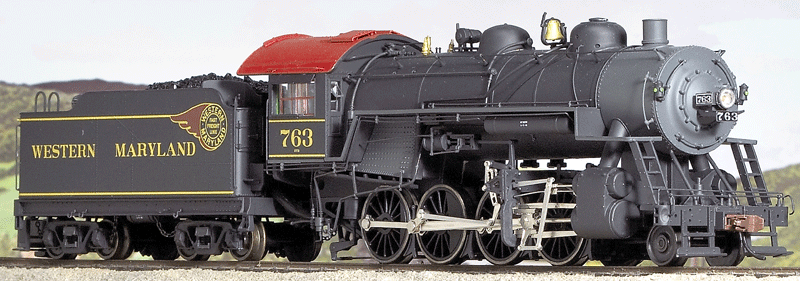
I’VE LONG THOUGHT that the Baltimore & Ohio Railroad’s E-27-class 2-8-0 Consolidations were some of the most attractive, balanced-looking products the steam era ever produced. They were powerful, sure-footed, and reliable. The B&O at one time had more than 400 of the E-27-class 2-8-0 locomotives. The flexibility and utility of those locomotives led them to […]
Read More…
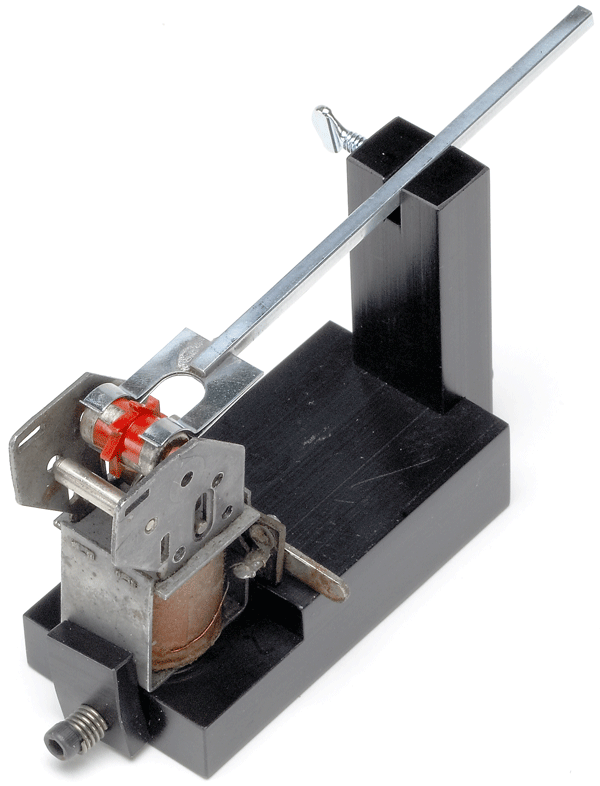
I’VE OFTEN HEARD that we should be careful what we wish for – even if it is a good thing – because we just might get it. When reviewing a riveting tool set in the January 2006 issue, I mused about having something equally helpful to assist with the repair of old Lionel reversing units. […]
Read More…
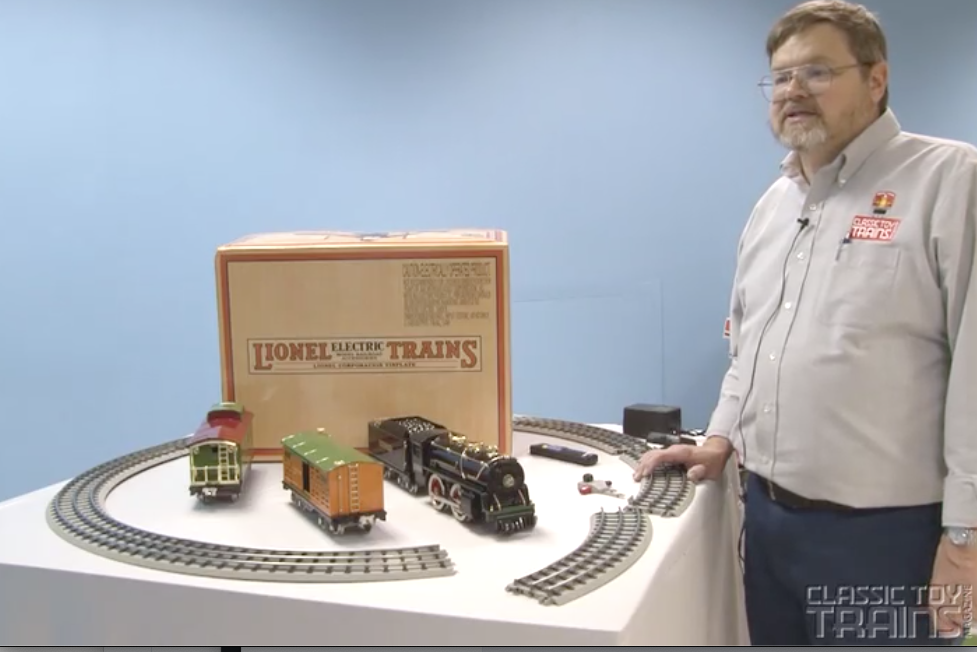
MTH’s Standard gauge no. 384 steam passenger set retails for $599.95 (no. 10-1250-1). It features die-cast metal and sheet-metal construction, two passenger cars, ProtoSound 2.0, smoke unit, track, and transformer. For more information, check out Bob Keller’s review inside the November 2006 issue of CTT, or see your MTH retailer. […]
Read More…
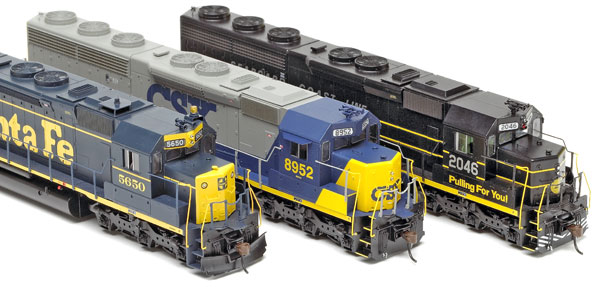
Athearn HO SD45-2 with DCC and sound A classic six-axle road diesel is now available to HO modelers as an Athearn Genesis model. It’s Electro-Motive Division’s SD45-2 in a DC version without sound and a version with sound and a dual-mode Digital Command Control (DCC) decoder. The model has a powerful, smooth-running mechanism, and locomotives […]
Read More…
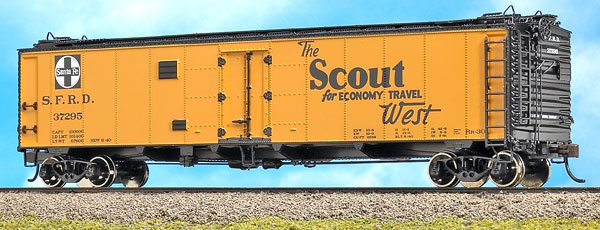
Athearn HO AT&SF 50-foot ice reefer A distinctive ready-to-run plastic model of a World War II-era 50-foot steel refrigerator car is now available in HO scale. It features new plastic body tooling, formed wire grabs, cleanly molded details, and magnetic knuckle couplers. The prototype. In early 1940, in anticipation of heavy war-time traffic, the Atchison, […]
Read More…
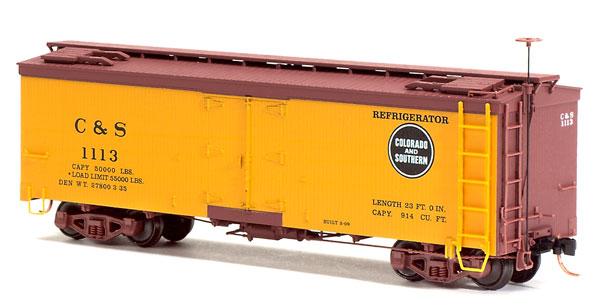
Micro-Trains HOn3 reefer This diminutive ready-to-run model of a narrow gauge composite-frame wooden refrigerator car is a well-detailed plastic and metal car. It has a molded styrene body, a die-cast metal floor, and many separate detail parts that come factory installed. The car marks Micro-Trains’ entry into the ready-to-run HOn3 market, so it includes trucks […]
Read More…






